+86-13516938893
Menu
global purchase
In Kashan, a northern Iranian town, each spring blankets rose gardens in a sea of pink, where their rich fragrance drifts on the breeze. For generations, locals have cultivated roses, seeing them not just as a livelihood, but as emblems of peace and beauty.
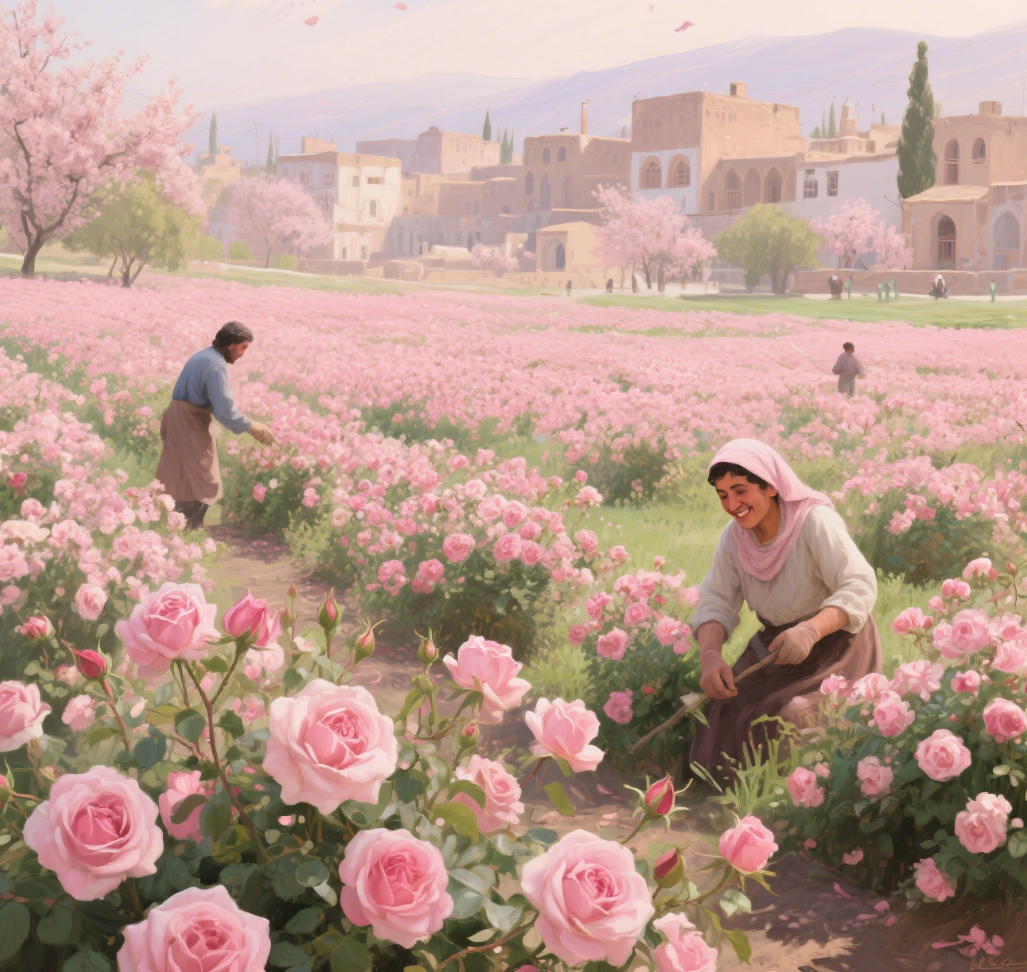
Amir and Leila, childhood sweethearts, once chased each other through the blooms. Amir wove the finest roses into crowns for Leila, while she dried petals into sachets. They vowed to wed when the roses reached their fullest bloom.
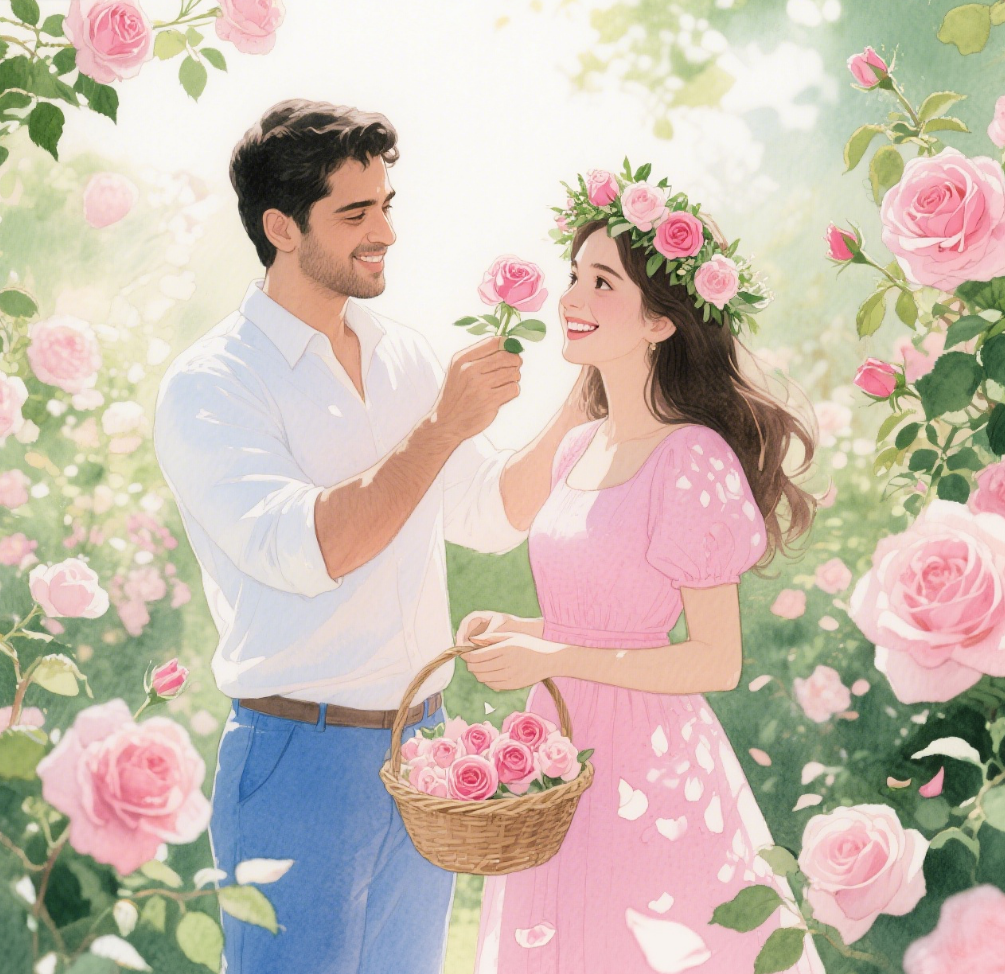
Then war cast its shadow. Artillery fire shattered the town’s peace, destroying countless roses. Amir laid down his pruning shears, donned a uniform, and pinned a scarlet rose to Leila’s chest. "Wait for me," he said. "Our gardens will bloom again."
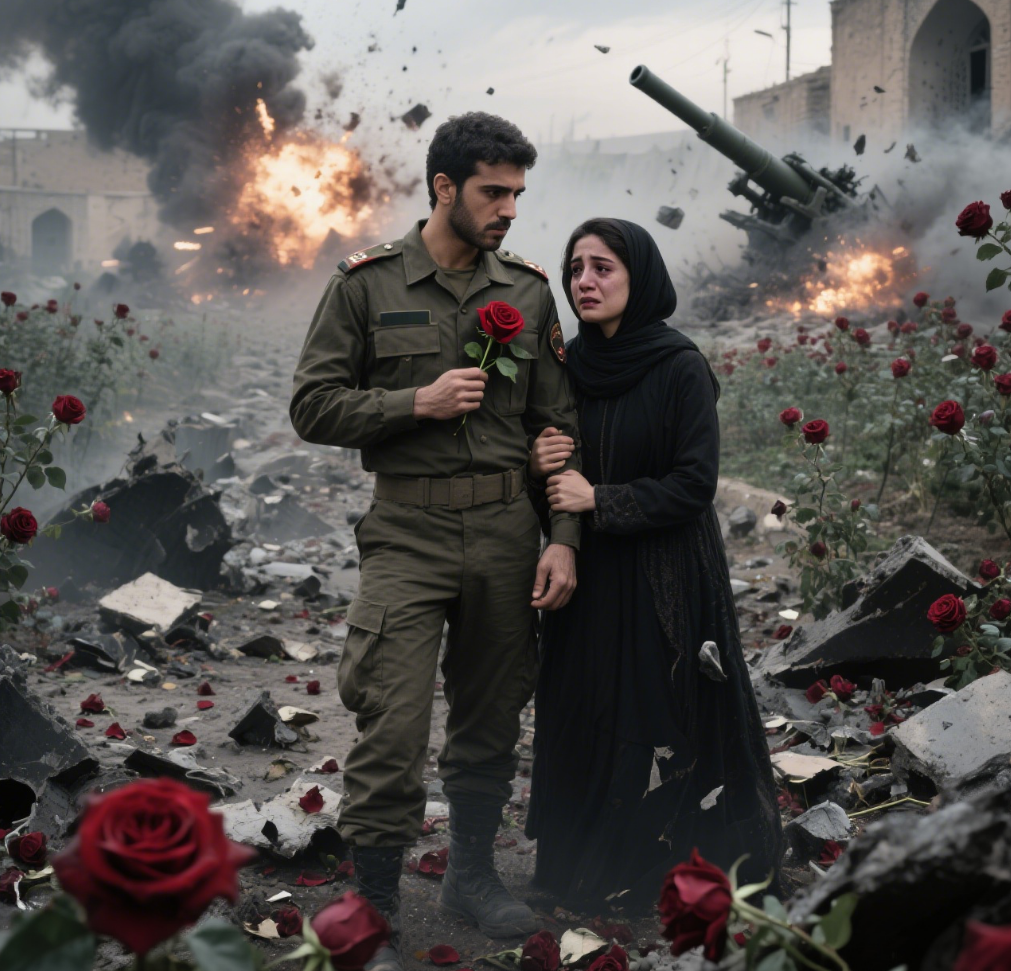
Leila tended the surviving roses daily, believing they held the hope of peace. During ceasefires, she boiled dried petals into a soothing brew for wounded villagers. The rose’s scent seemed to ease their pain and quiet their fears.
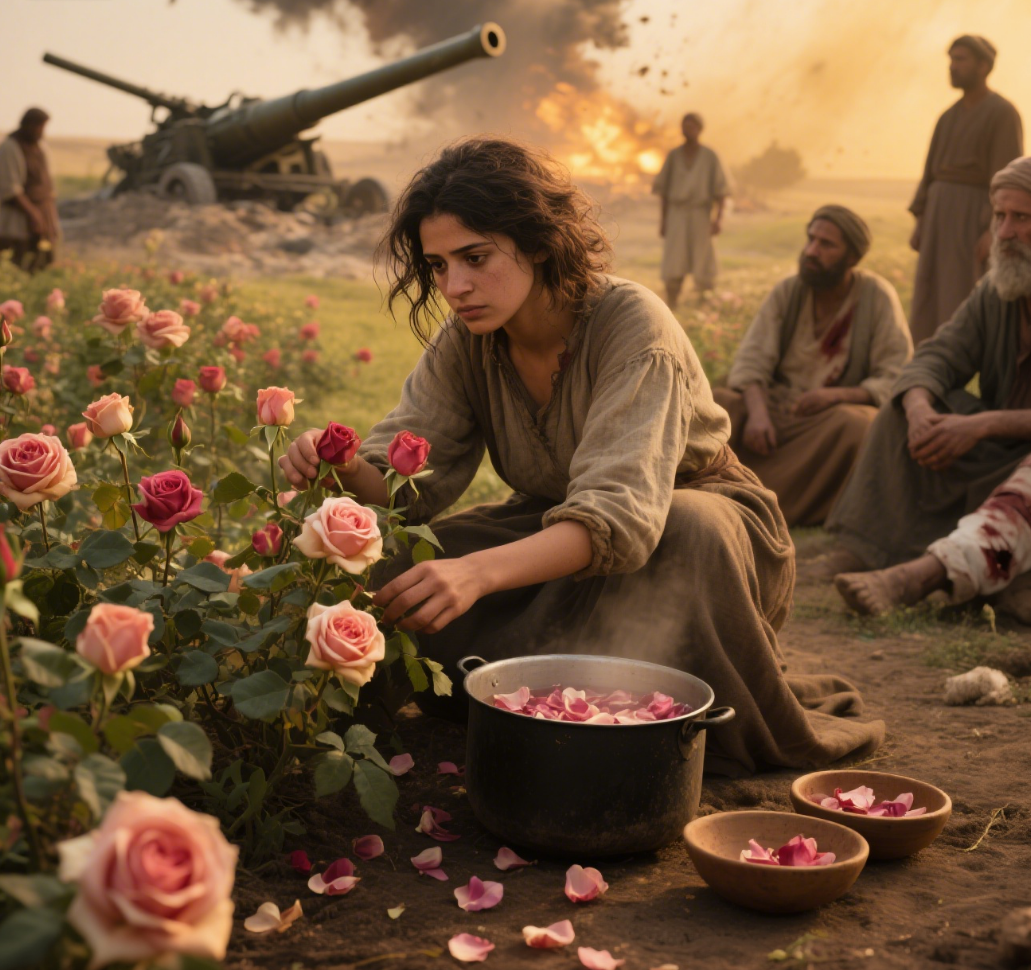
When war ended, Amir returned to find new roses blooming amid the ruins. Leila ran to him, the dried rose still fastened to her dress. They embraced, tears falling onto the fresh petals.
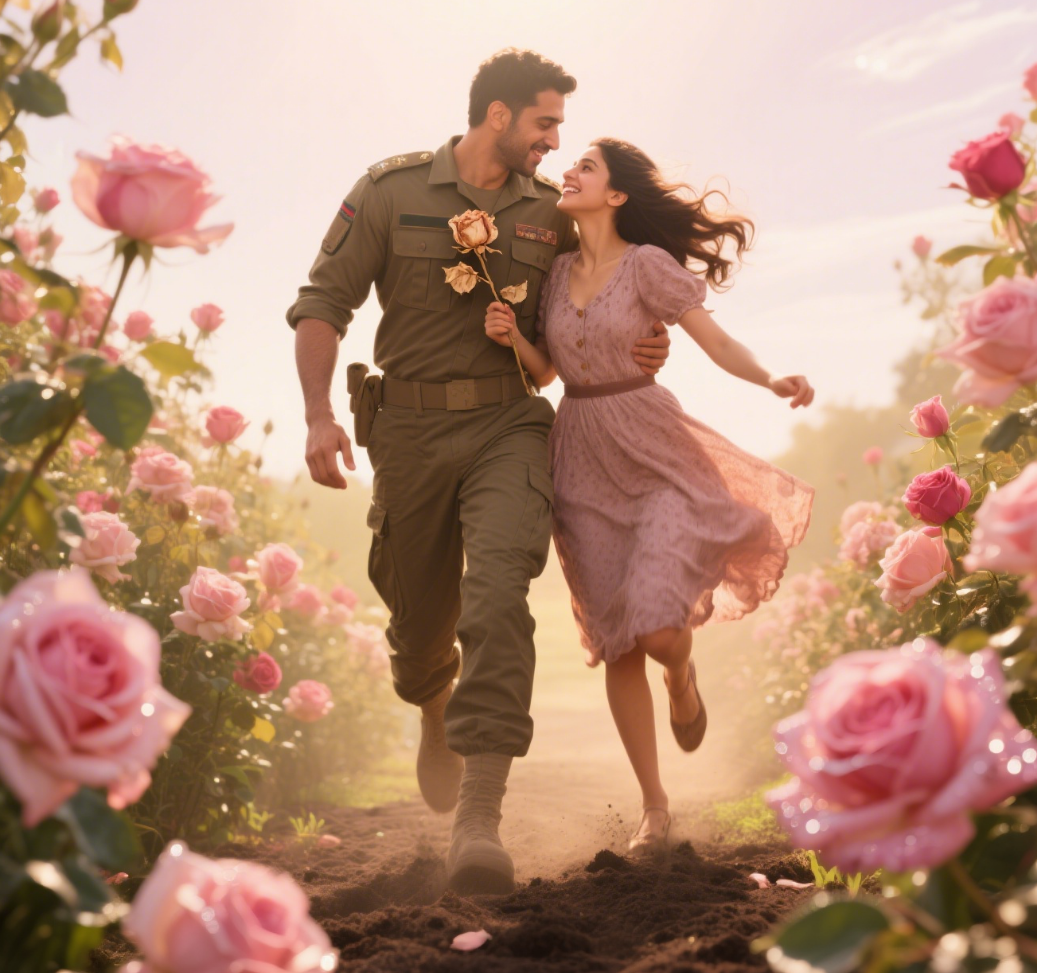
The town rebuilt together, replanting roses everywhere. Each spring, Kashan’s Rose Festival now fills the square with flower-crowned dancers, as white doves—symbols of peace—soar above the pink blooms.
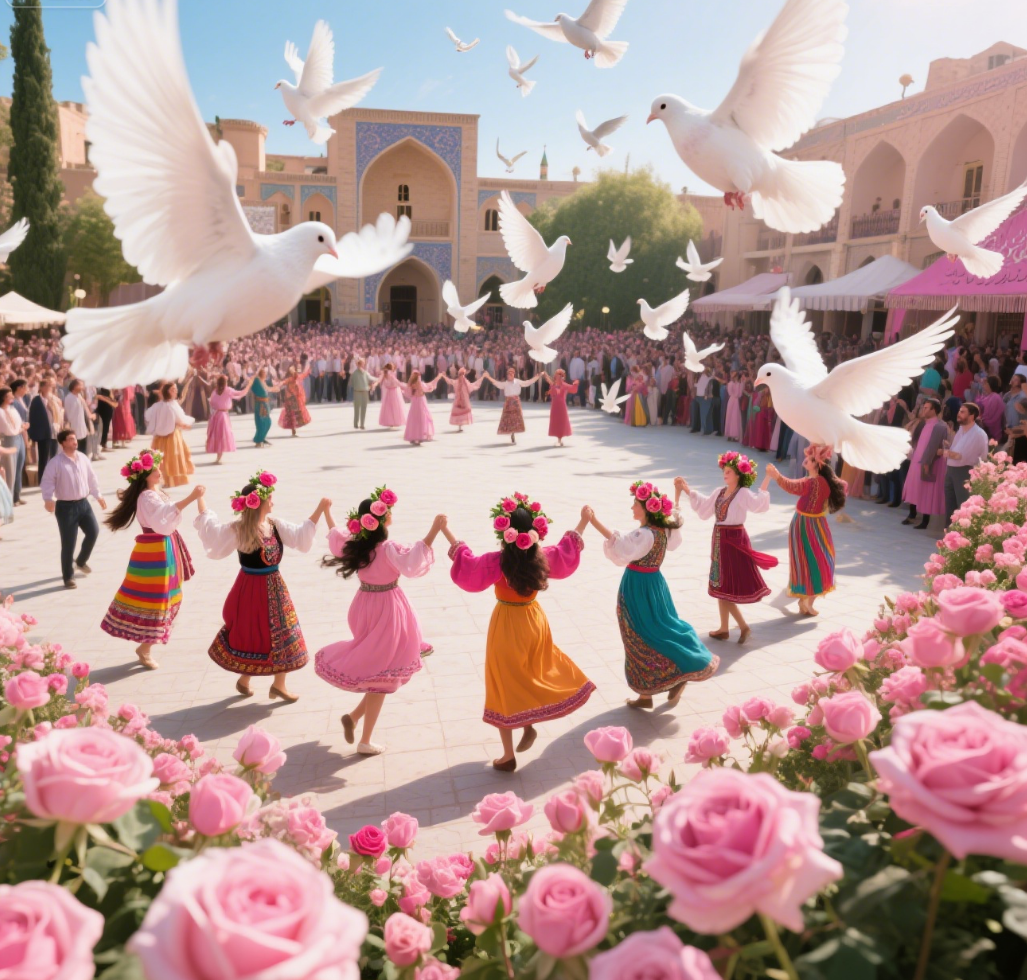
In Iran, roses now stand as symbols of love, healing, and peace. People believe that as long as roses bloom, peace and beauty will never fade.
